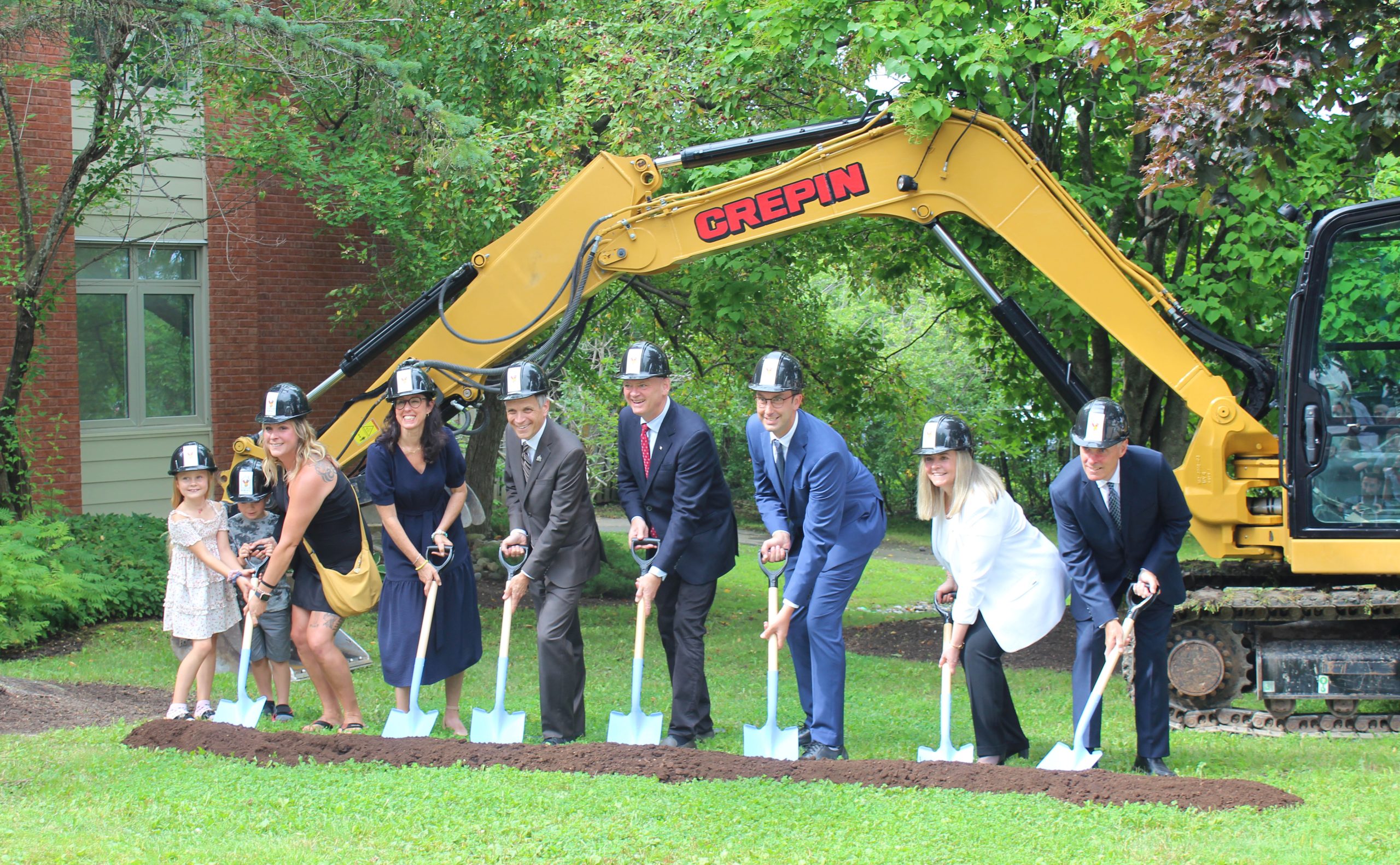
Changes are required at Ottawa Social Services to better serve recipients
by Reuel S. Amdur
Ottawa Social Services is not doing everything it should to assist recipients of social assistance to get the provincial rate. There are two programs in Ontario, Ontario Works (OW), operated municipally, and the Ontario Disability Support Program (ODSP), run provincially. A single person on OW in private housing receives the normal maximum of $733 a month. On ODSP, the amount is $1,169. While the ODSP rate is not luxury, trying to live on OW is a real challenge.
Before we describe what should be done to get more people moved to ODSP, we need to address some history and philosophy. To begin, we need to note that the two programs have not over time covered the same groups of clients and have had different titles. A group will be moved from one program to the other.
In 1969, the normal amounts for a single person on the municipal and provincial programs were only a few dollars different. The difference was related to different building blocks of which the rates were composed. The rates then and now have no meaningful relationship to living costs. René Brunelle, the minister responsible for the program under Premier Bill Davis, was asked about this and replied that at one point they were related to the Toronto Social Planning Council’s Guide to Family Budgeting. However, he said, the rationale was lost over the years. That was in the 1970’s and the same is still the case today. Amounts are political.
During the years when Bill Davis was Premier of Ontario (1971-1985), a deliberate determination was made to increase provincial rates more and municipal ones less. Since then, rates have generally been raised by a percentage, thus constantly increasing the gap between the benefit amounts. One minor tweak occurred when Ted McMeekin was minister responsible. He gave a small additional amount to singles on OW. Why was the provincial recipient favored over the municipal one? The answer is philosophical, to distinguish between the worthy poor, on the provincial program, and the unworthy poor on the local one. The ODSP recipients “can’t help it,” while those on OW need to be prodded. This philosophical stance is seen in a past phase of the provincial program. Over a period of time, the provincial program was called Family Benefits and covered, as well as the disabled, single-parent families (overwhelmingly female-led). Divorced, separated, and unwed mothers and their offspring were transferred after three months on the local program. However, widows were accepted immediately. It’s apparently all the woman’s fault.
It has been wrongly claimed that OW is short-term and ODSP long-term. The government has found that the median time on OW—half above, half below—is five years. Some files go back decades. Whatever the current rationalizations may be, it is still the worthy poor versus the unworthy. Welfare departments are ill-equipped to determine disability. Many disabilities are largely invisible and may even be challenging for physicians, including psychiatrists.
While this has nothing to do with social assistance, one calls to mind the case of a client who had a head injury because he was hit in the head with a bat. He is, however, also a paranoid schizophrenic. A judge had him assessed by a psychiatrist from the Royal Ottawa, who identified brain damage but not schizophrenia. To identify schizophrenia it would have been necessary to touch on salient topics. If the psychiatrist had asked him who was working against him, the doctor would have come up with that diagnosis. Similar situations arrive from time to time in welfare caseloads.
There are things Ottawa Social Services can do to move more clients to ODSP. One matter relates to record-keeping. Many years ago, the Department moved to store files offsite. As a result, thick files became invisible to welfare workers. Additionally, dictation on the computer has been kept to a minimum. Ways need to be found to make case histories more visible to workers, and content on the computer needs to be more inclusive.
Then there is the matter of clinical records. Welfare workers need to be ordering clinical records. These can have a major influence on adjudicators. When dentist Dr. Aaron Burry headed the Department, beginning in 2004, he commanded workers not to order clinical records. Incidentally, when ordered by Social Services, hospitals generally supply reports without charge.
Social Services has developed a mythical explanation as to why hospital records are not ordered. It claims that records were ordered up until the Bob Rae government (1990-1995) terminated a form colloquially called the layman’s medical, which a welfare worker could fill out in support of an application for provincial benefits. There are two problems with this myth. First, it does not explain why one thing would follow the other. Second, it is simply false. During the Rae years, hospital records were ordered, before and after this change by the Rae government. It had absolutely nothing to do with the decision to stop ordering records.
After 1999, in one case the adjudicator noted a lack of hospital records. Ten were identified and requests prepared. The welfare supervisor, with the requests in hand, failed to act, till the then-head of the Department Danielle Massé told him to do so. The records were ordered and the client was granted. This was long after the Rae days and shortly before the Burry era.
To sum up, Social Services needs to make client information more transparent to welfare workers and workers need to make a massive effort in sending out requests for hospital records.








